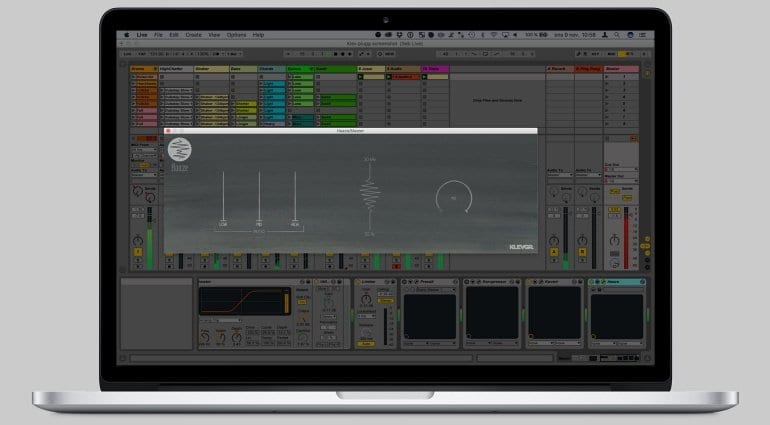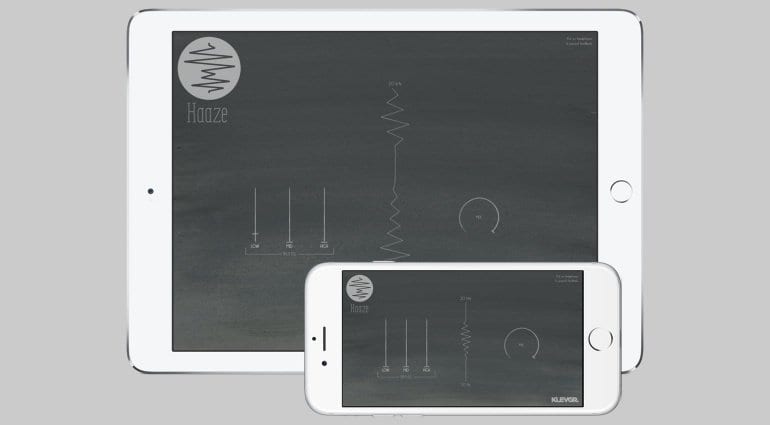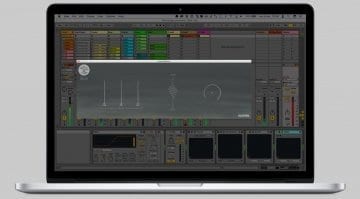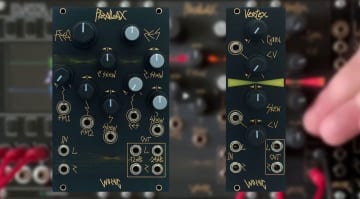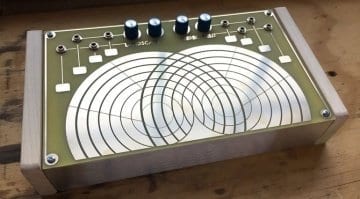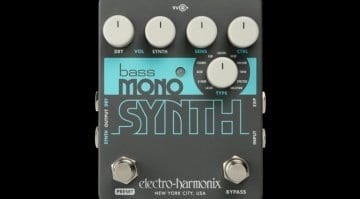Send those mono sounds into a stereo ‘Haaze’!
Unusual stereo enhancement tool from Klevgränd
I have learnt the hard way to tread carefully when a new stereo enhancement tool is released. They can appear to be the most exciting mixing tool since EQ, yet can get you in all sorts of trouble. What’s more, being a Klevgränd product, this is available as an iOS app as well as a desktop plug-in. Sound like an un-professional gimmick? My alarm bells were ringing when this was announced last week. However, if used carefully, Haaze looks like it could be quite cool, actually.
Klevgränd Haaze Stereo Tool
Haaze is a stereo enhancement tool for those common situations when you are desperately trying to find a way to spread a mono source into the stereo field. I don’t think it’s intended for mastering, although I’m sure someone will find a use for it there. It’s intended for those engaged in multi-channel mixing.
It uses two techniques to add width to mono sources or widen sources that are already stereo. Firstly, it uses the ‘Haas‘ technique, where it presumably draws its name. This is where short delays between the left and right channel are added to give the impression of width.
Secondly, it uses something called a ‘Split EQ’. Haaze splits the frequency spectrum up into 16 bands where it uses the aforementioned Haas effect. Then it applies different levels of gain to each frequency region on each channel. As most will already know, spreading any source wider in the stereo field can induce phase problems. Ultimately, this means that when folded back to mono, those elements that have been ‘widened’ can change their apparent level in your mix. This is why I was so sceptical of this new effect plug-in from the Swedes.
I haven’t tried the new plug-in yet, but I will confess that I did take a look at the audio from the video below in a very geeky fashion. The widened ‘Duduk’ (an instrument I’ve had much experience with and love!) retains a positive phase correlation. Of course it’s much wider and the phase correlation is less strong than in mono, but it’s surprisingly pleasant. Folding the mix down to mono highlights the processing that’s taken place, with the Duduk slightly dropping in level and sounding more distant, but acceptable. As with all these stereo widening tools, you have to use them sparingly and know when to commit to them. I like that the split EQ allows you to widen the higher frequencies and leave the lower ones in mono, but the amount of control is very minimal. This must be a direct sign of the user-friendly interface for iOS use. Why it’s available for iOS, I have no idea.
More Information
For more information, check out the Haaze webpage on the Klevgränd website. Available as a regular desktop plug-in in AU and VST formats, an introductory offer of 12.99 USD leaves it very reasonably priced. The rather cheap and unnecessary iOS version for iPad and iPhone, is currently available on the iTunes Store at an introductory price of 4.99 USD.
Video
Here’s the demo video by Klevgränd on their YouTube channel. They of course recommend you use headphones, but it’s also quite effective on well setup studio monitors.
You are currently viewing a placeholder content from YouTube. To access the actual content, click the button below. Please note that doing so will share data with third-party providers.
